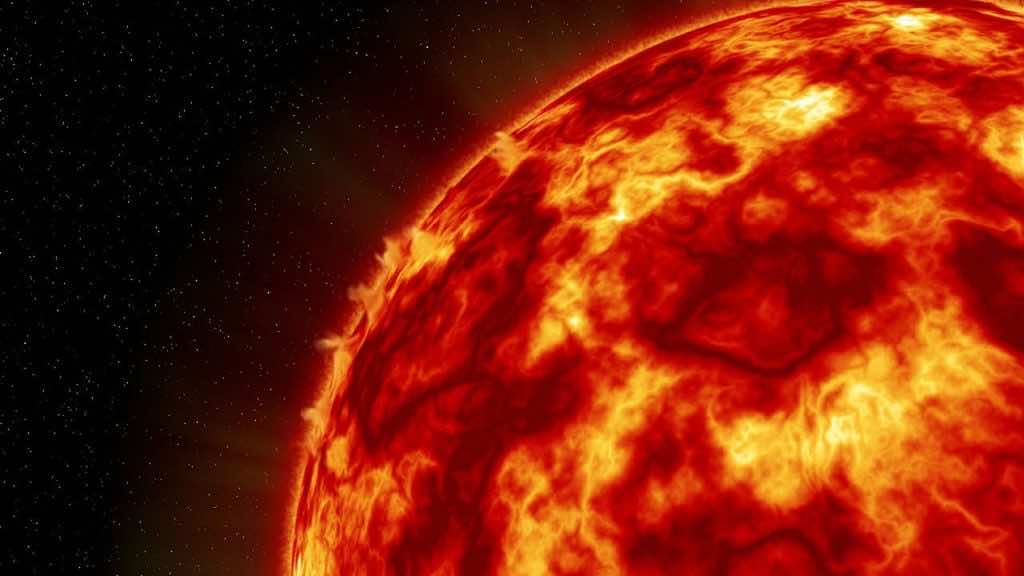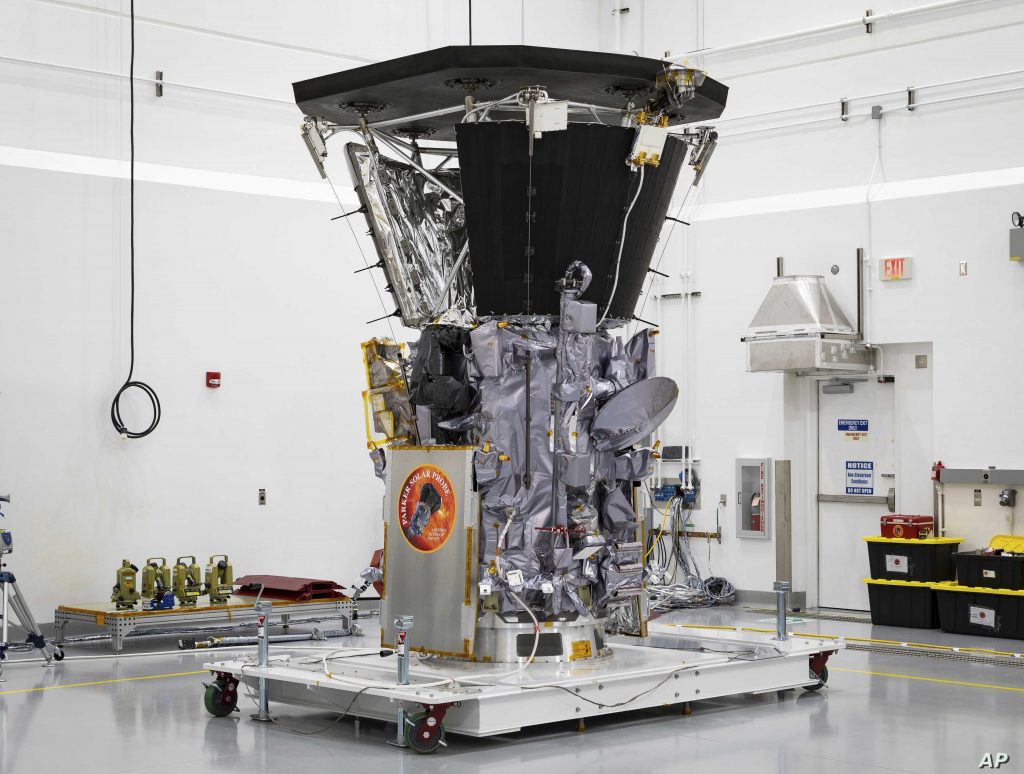Parker Solar Probe was launched in 2018 to study the sun and is ticking new records over time. The probe was launched to study the sun from close proximity, and ever since its launch, it has been making several records. The probe just set a new record recently where it exceeded speeds of 330,000 mph as it went on to make its eighth loop of the sun.
The probe is the first to travel close to the sun than compared to any other spacecraft in history, with a size that equals a car. You’d be thinking, how does it stay alive having traveled so close to the sun? Thanks to its carbon-composite heat shield that keeps it from melting in space as it continues to bear temperatures more than 2500 Degree Fahrenheit.

It uses a suite of instruments to study solar particles with potential high-energy and better understand solar winds’ origin. It would get closer than ever to the sun on its eighth run and travel at speeds that none other object created by humankind ever achieved. It works by using a series of flybys of Venus using the planet’s gravity to propel itself towards the sun.
With this approach, the Parker Solar Probe got within 6.5 million miles of the sun’s surface, marking another record of 8.4 million miles on January 17. Now the probe, on its last trip, moved significantly faster than ever before, breaking its own previous records.
As it moved into close vicinity of the sun, it used its suite of instruments, including tools for analyzing magnetic fields, imaging, and high energy particles, to collect information on the solar environment and solar winds.
Parker Solar Probe will complete a total of 24 rounds of the sun in all, meaning it is now beginning the second of three phases in total. Studying the solar winds is important as they are the cause of destroying GPS satellites and electrical grids; finding a fit for this problem will help out in future space ventures. It could also help us understand what formed life on earth. The probe will make its last round of the sun in 2024.



